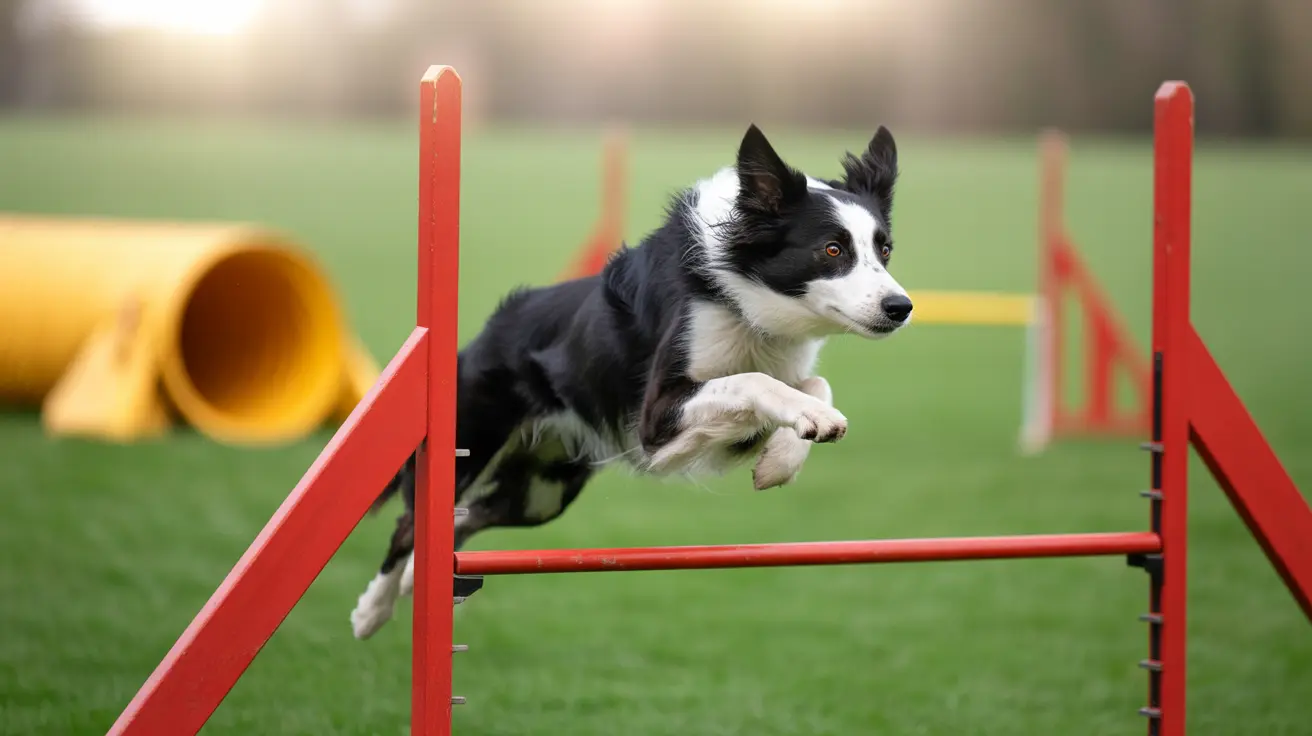Can Dogs Have Down Syndrome? Understanding Similar Conditions in Canines
Many pet owners notice unusual behavioral or physical traits in their dogs and wonder, "Could my dog have something like Down syndrome?" While **Down syndrome** is a genetic disorder exclusive to **humans**, dogs can exhibit similar signs due to other **congenital or developmental conditions**. This article explores these conditions in detail to help owners better understand their pets' health.
Why Dogs Can't Have Down Syndrome
Down syndrome in humans is caused by the presence of a full or partial extra copy of **chromosome 21**, which leads to developmental and intellectual differences. **Humans have 23 pairs of chromosomes**, while **dogs have 39 pairs**. Because the chromosomal structures are entirely different, a true form of Down syndrome cannot exist in dogs.
Conditions in Dogs That Resemble Down Syndrome
Although there is no direct canine equivalent, several **genetic and developmental disorders** can produce symptoms similar to those of Down syndrome in dogs:
- Congenital hypothyroidism: Caused by thyroid hormone deficiency early in life, resulting in slow growth, short stature, protruding tongue, poor muscle tone, and cognitive delays.
- Pituitary dwarfism: Particularly common in German Shepherds, this results from deficient growth hormone production leading to stunted growth, delayed teeth eruption, and skin disorders.
- Congenital hydrocephalus: Excess fluid in the brain can cause a domed skull, wide-set eyes, seizures, coordination issues, and developmental delays.
- Portosystemic shunt: A liver blood flow anomaly that results in toxin buildup, leading to stunted growth, behavioral irregularities, and seizures.
- Congenital heart defects: Physical congenital heart issues may cause fatigue, exercise intolerance, and poor growth.
- Growth hormone deficiency and rare chromosomal anomalies: Although not well-documented or common, such anomalies can also contribute to Down-like symptoms in dogs.
Signs That May Resemble Down Syndrome in Dogs
Owners may notice symptoms that prompt concerns:
- Unusual facial structure (broad head, flattened face)
- Slanted or wide-set eyes
- Short limbs or body disproportion
- Poor coordination or developmental delays
- Protruding tongue or difficulties eating
- Muscle weakness and lethargy
- Delayed sensory development (vision or hearing problems)
- Skin conditions or abnormal coat texture
Diagnosis and Testing
Veterinary evaluation is crucial for identifying the underlying condition. Standard diagnostic procedures include:
- Physical examination: Detects obvious structural and behavioral anomalies.
- Blood hormone panels: Check thyroid or growth hormone levels.
- Imaging technologies: Use of ultrasounds, MRIs, or CT scans for insights into structural abnormalities.
- Genetic testing: While rarer in dogs, specialized labs can identify chromosomal defects if needed.
Treatment and Management Options
Care depends on the diagnosis. Although many of these conditions have no cure, symptoms can often be managed with proper veterinary supervision and supportive care:
- **Hormone replacement therapy** for hypothyroidism or pituitary dwarfism
- **Surgery** for hydrocephalus or portosystemic shunts in eligible cases
- **Medications** to control seizures or metabolic dysfunction
- **Environmental adaptations** for mobility and quality of life
- **Nutritional support** and tailored diets to meet unique needs
Living with a Special-Needs Dog
With the right care, dogs suffering from congenital or developmental disorders can lead fulfilling lives. Owners should focus on:
- Routine vet visits
- Safe, accessible living spaces (e.g., ramps, soft bedding)
- Socialization and gentle training techniques
- Balanced nutrition and grooming
Preventing Genetic Disorders
Breeders can reduce the risk of such disorders through **genetic screenings** and **responsible breeding**. Avoiding mating animals known to carry heritable conditions is vital to safeguarding the health of future litters.
Conclusion
While dogs cannot have **Down syndrome** as it is defined in humans, several **health conditions can mimic its traits**. Educated owners and cooperative veterinarians can make a substantial difference in diagnosing and managing these conditions, ensuring the best quality of life possible for affected dogs.





